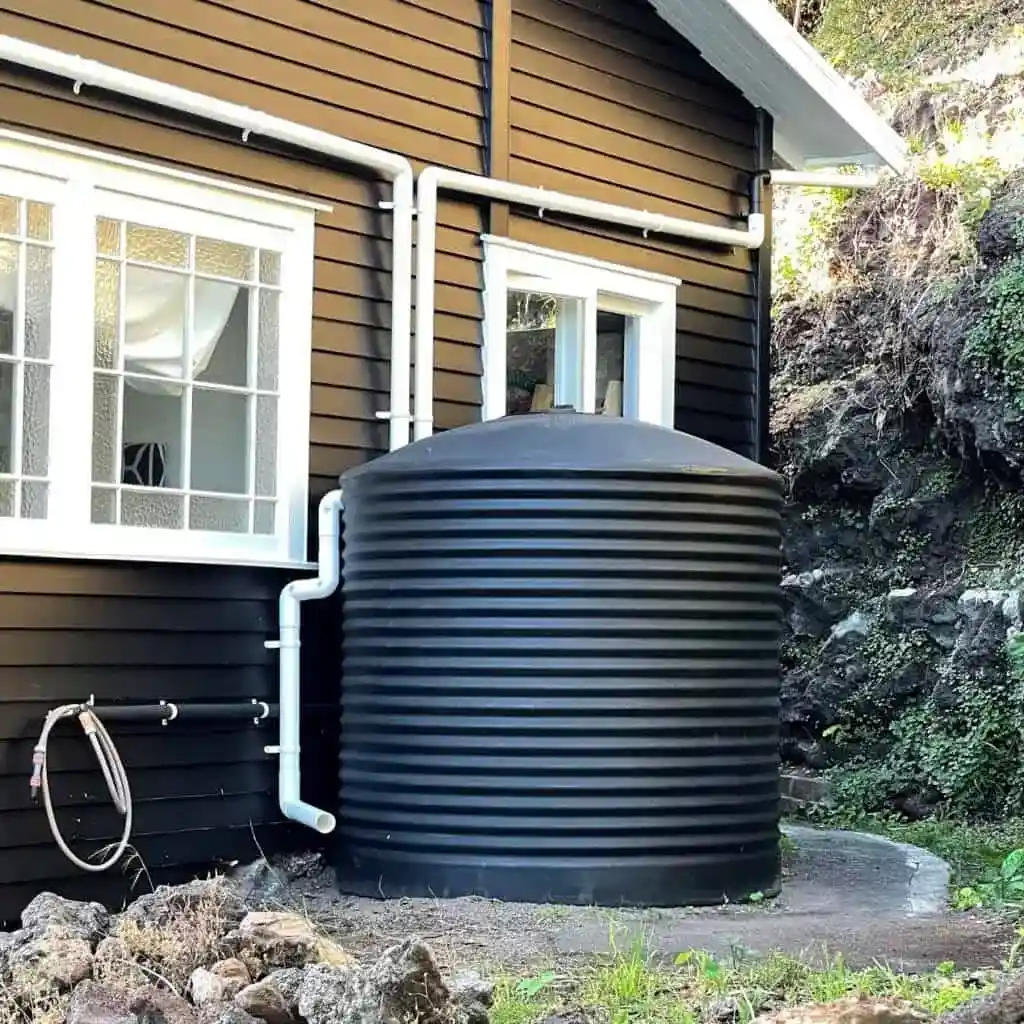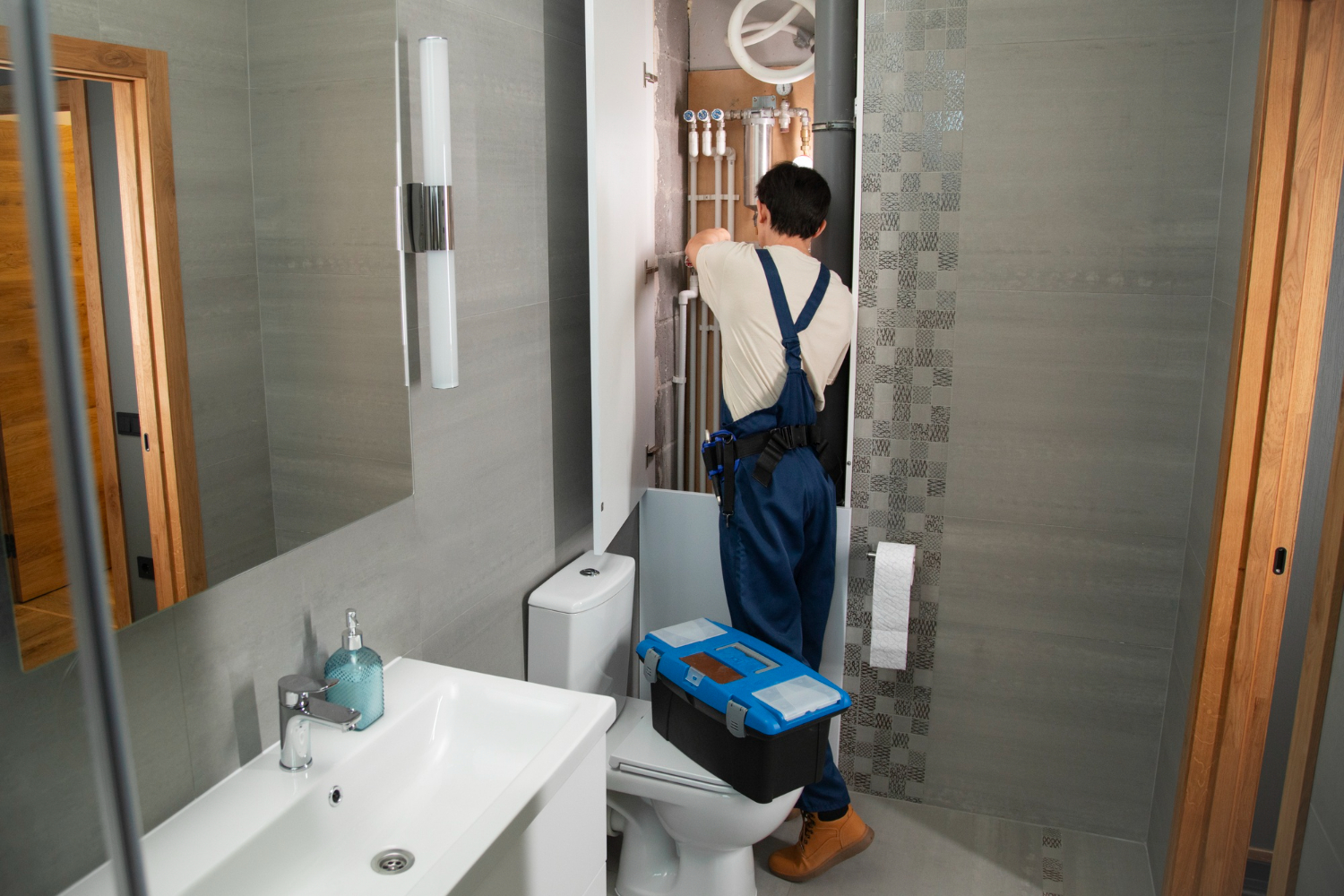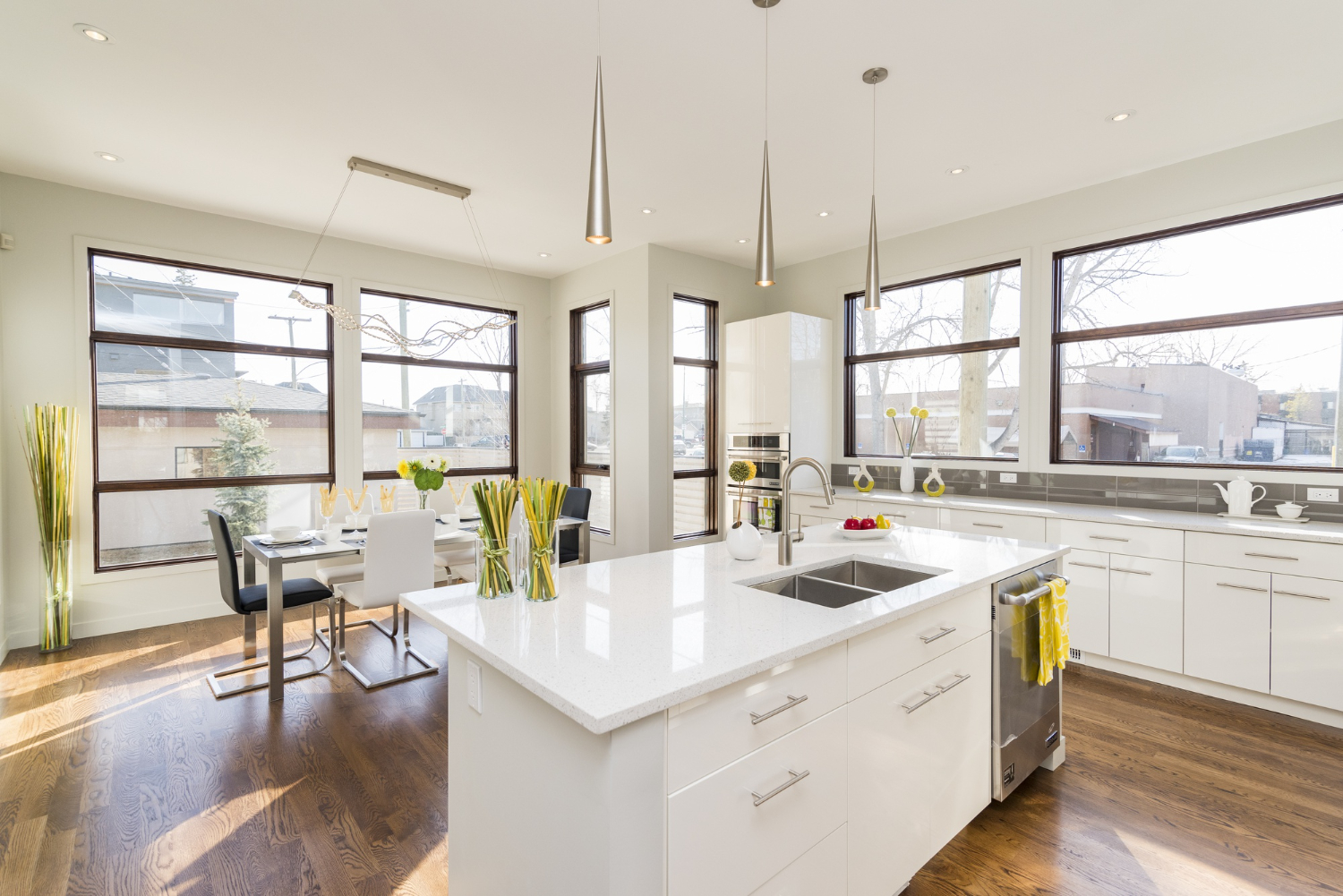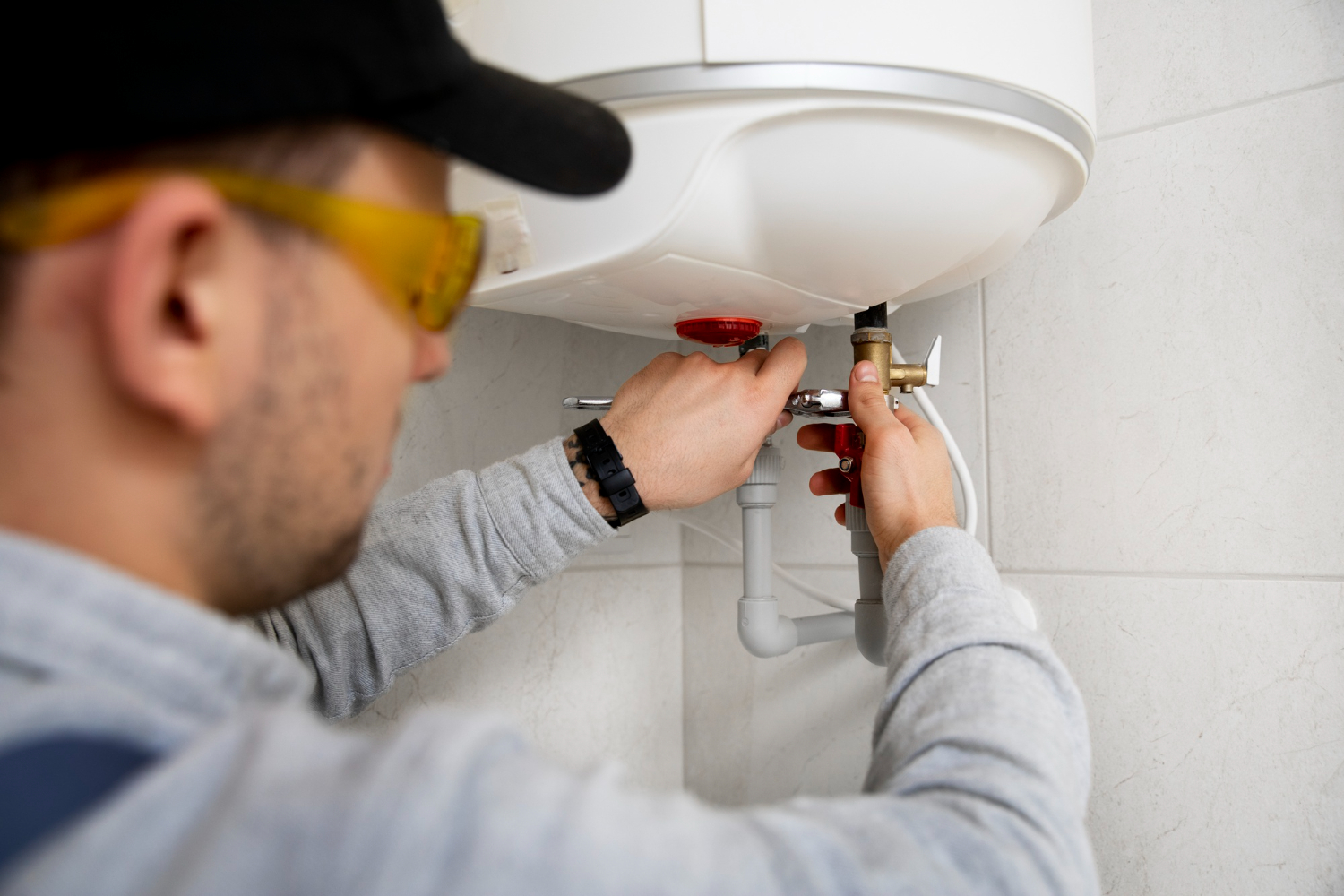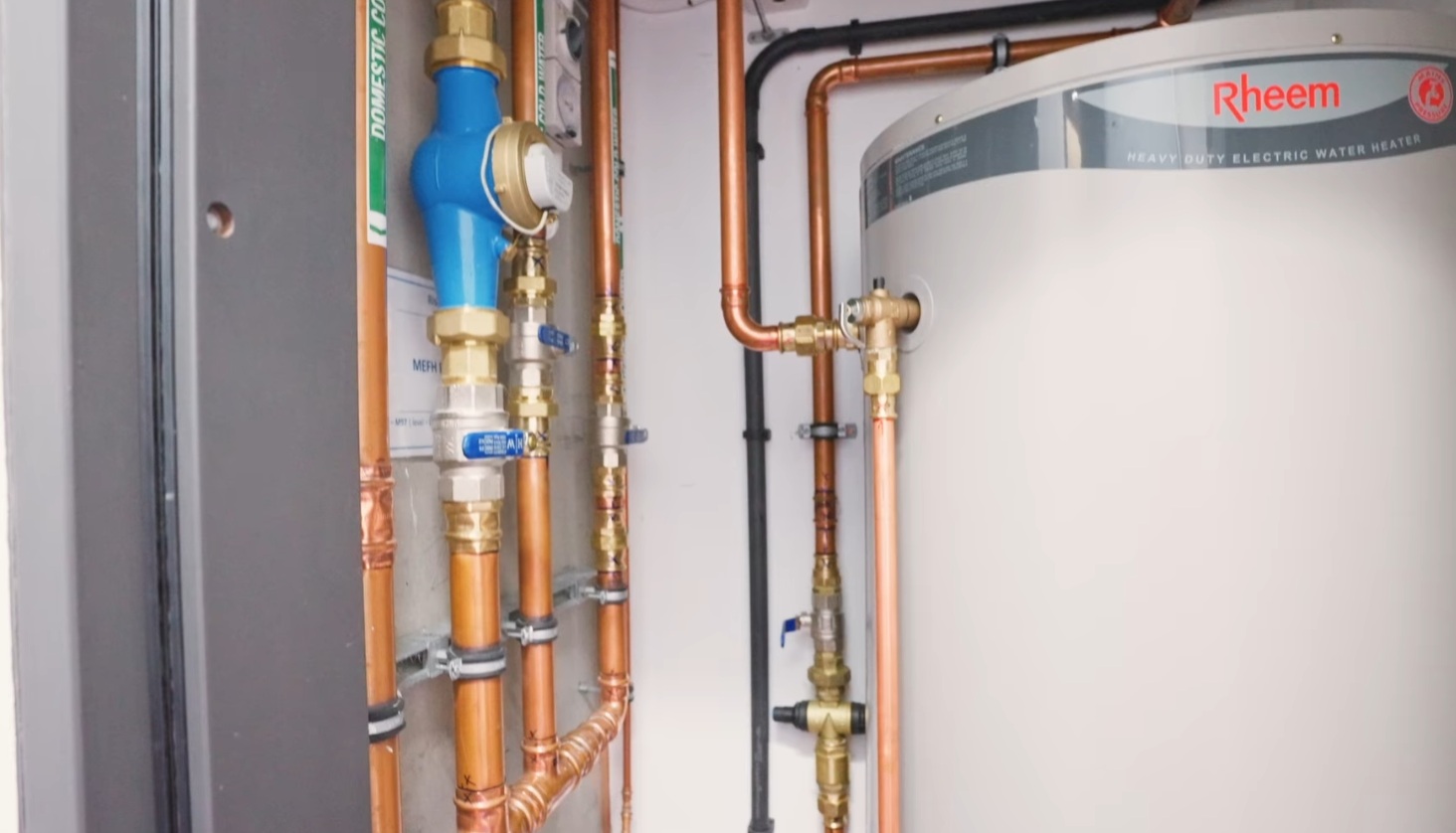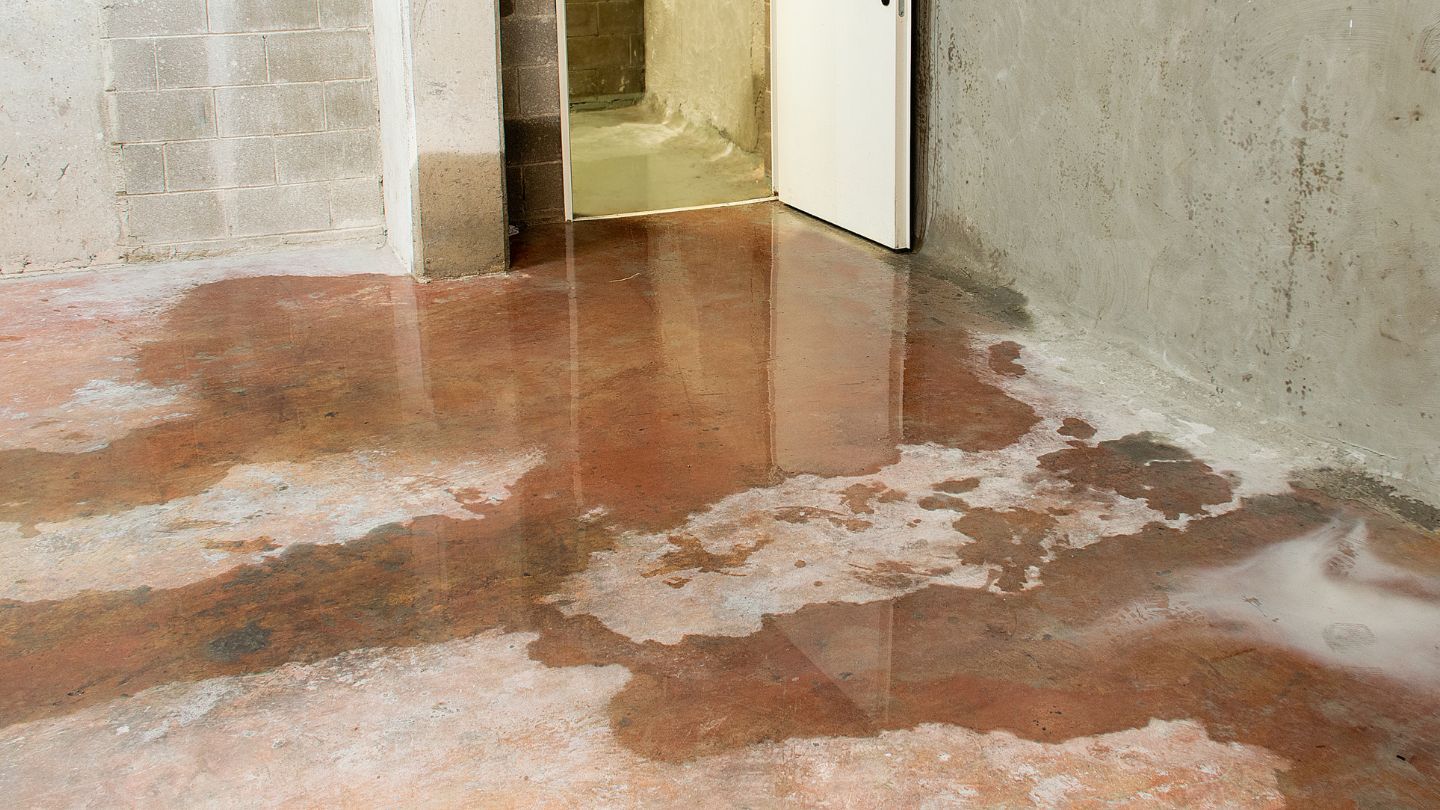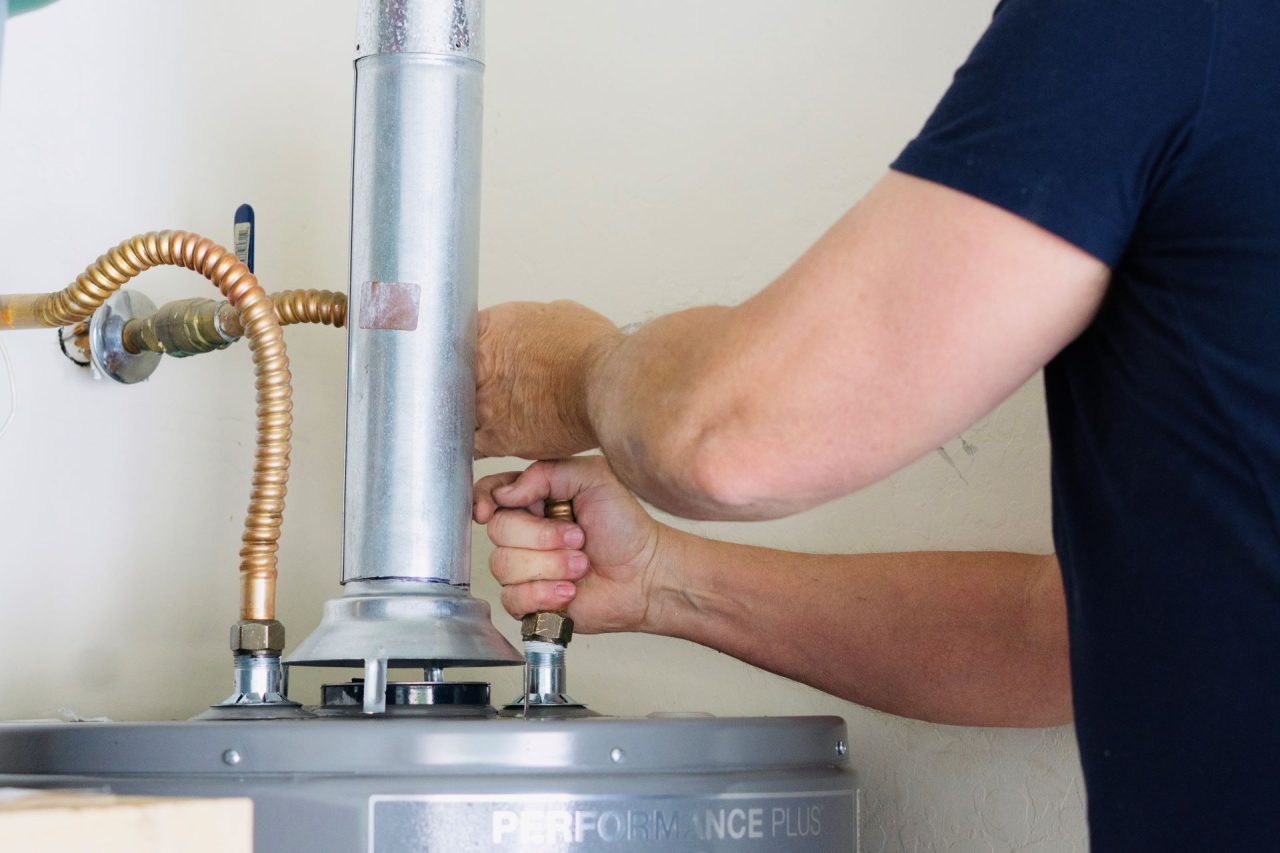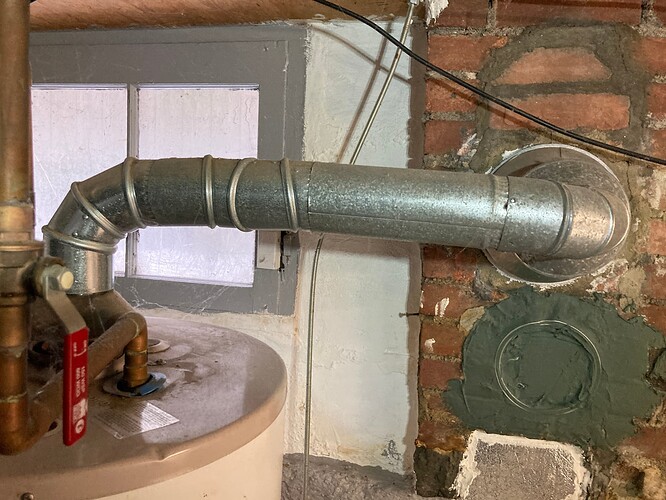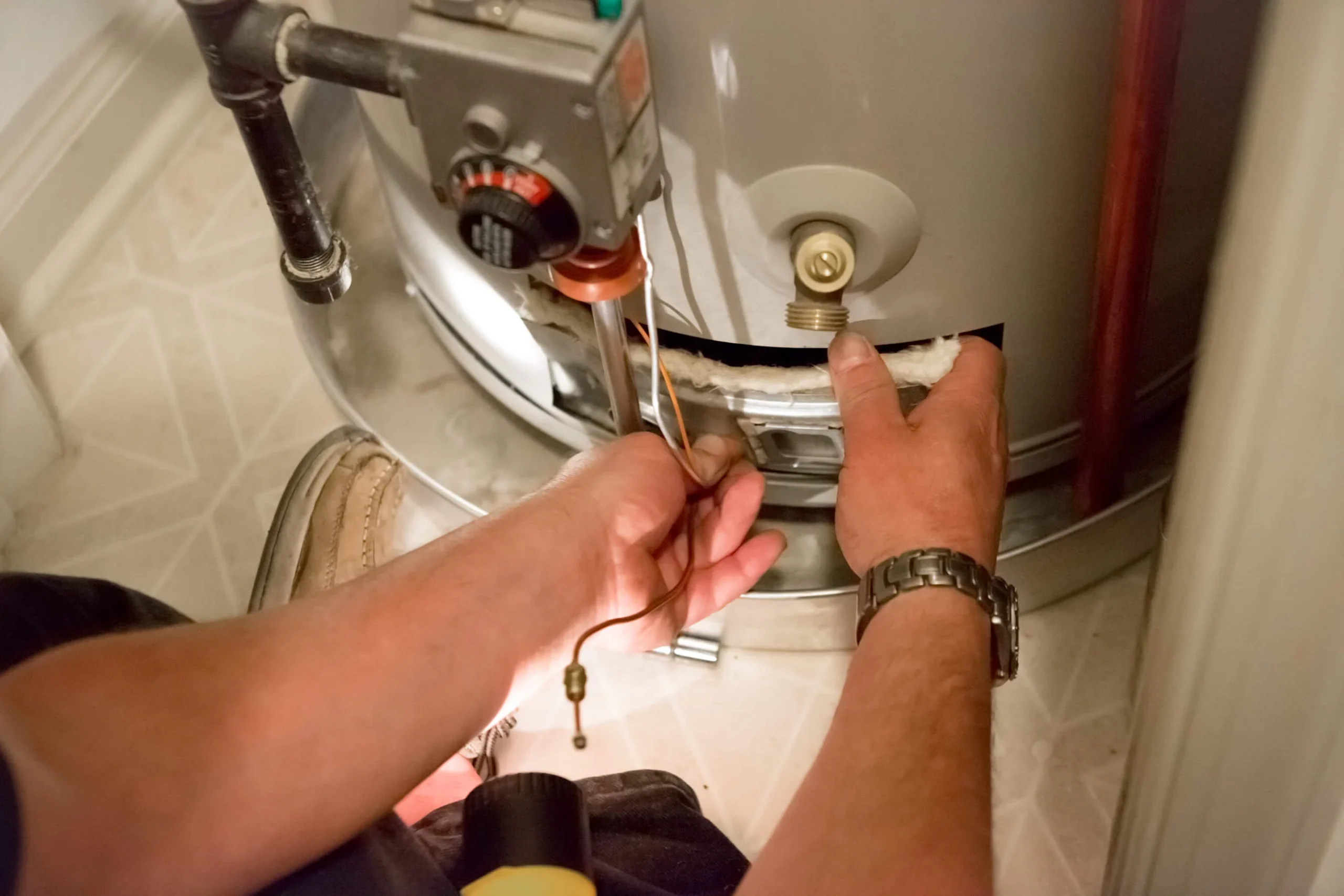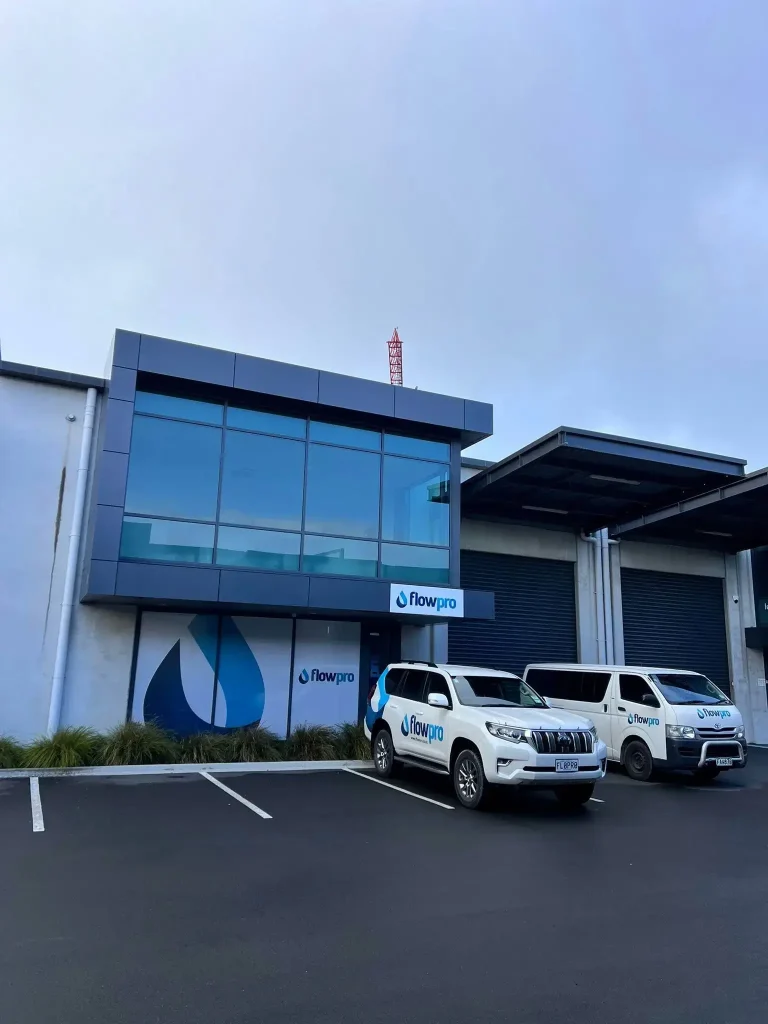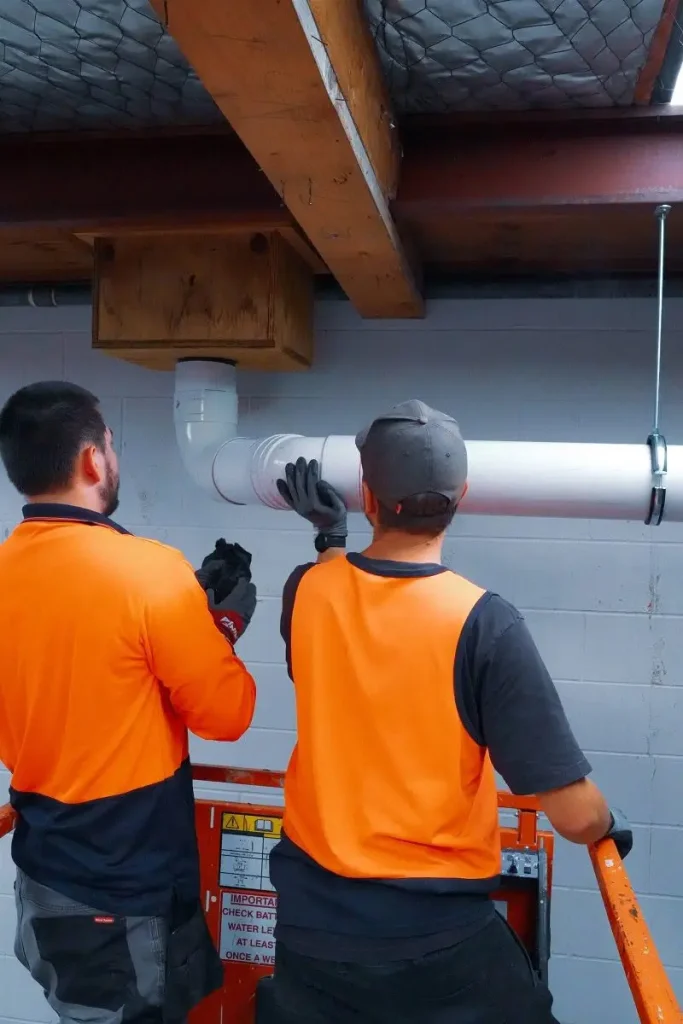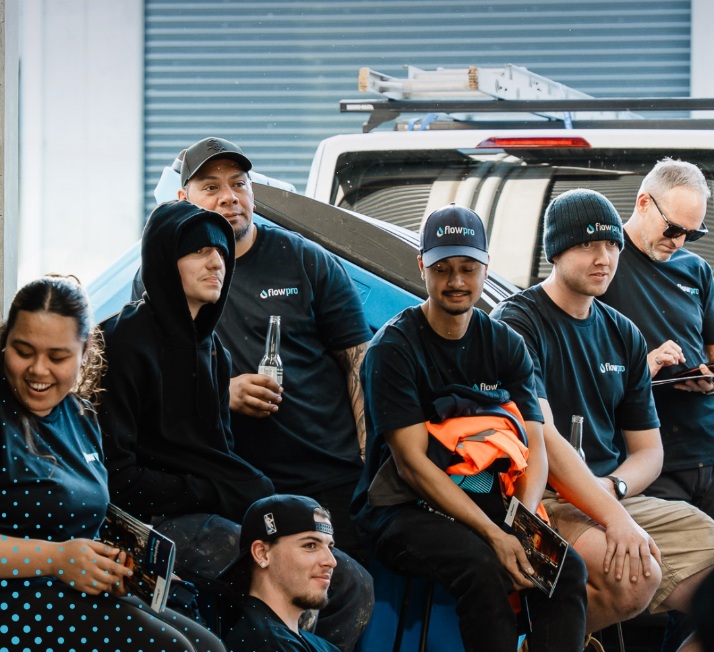Find the right cylinder
If you have a household of four people, you might be wondering what size hot water cylinder for family of 4 will keep everyone’s showers warm without running out of hot water. In New Zealand, cylinder capacities typically range from about 135 liters up to 300 liters. According to Cylinder Direct, a 135-liter unit can cover 1–2 people, while most families of four are happier with a 180–300-liter tank. The right size depends on your daily habits, your available space, and the hot water system’s efficiency.
Before you settle on a number, it helps to know why size matters—beyond just “everyone gets a hot shower.” In New Zealand, your hot water supply can account for a significant portion of your energy costs. Oversizing might waste energy and space, but undersizing can leave you scrambling to rearrange shower times. Let’s explore how to pinpoint a cylinder that suits your family of four and discover the differences among popular sizes, so you can make the most informed decision.
Why cylinder size matters
Hot water cylinders are a key part of your daily comfort. A well-chosen unit feels practical and cost-effective, while the wrong size leads to constant frustration or inflated bills. Generally, each occupant uses around 35–45 liters of hot water per day (based on normal showering, dishwashing, and handwashing). That means a four-person household needs anywhere from about 140 to 180 liters daily, but real-world usage can climb significantly if you have teenagers who enjoy lengthy showers or if you prefer heavy bathtub usage.
Size also influences:
- Energy bills. Heating more water than you use can unnecessarily inflate your power cost.
- System performance. A properly sized cylinder maintains even water pressure and reliable temperature.
- Replacement cycles. A cylinder that’s frequently emptied and reheated may wear down faster.
According to Ashford Plumbing and Heating, families of four often land in the 160–180-liter sweet spot (if daily water habits are typical). However, some New Zealand households prefer slightly larger units, such as 300 liters, especially if they have multiple bathrooms and heavier usage patterns.
Consider key sizing factors
Household habits
Start by thinking about how often your family uses hot water. Long, steamy showers, frequent laundry, and daily dishwashing can all push usage higher. If you have two bathrooms running showers at the same time, you need enough stored hot water to support that flow. A mains pressure system, for example, might allow around 18 liters per minute in each shower, so two simultaneous showers could add up quickly.
Occupancy and future changes
Is your household likely to grow or shrink in the near future? If you plan to host long-term guests or expect family members to move out soon, sizing your cylinder with future changes in mind can avoid unnecessary upgrades in a year or two. For instance, one occupant might need closer to 35 liters daily, but a growing household that includes teenagers or grandparents could jump to 45 liters per person.
Space constraints
Your cylinder’s physical footprint can be significant. A standard 180-liter electric cylinder may stand around 1710 mm tall and 490 mm wide, while a bigger 300-liter model can be nearly 1815 mm high and 580 mm wide. Make sure you can comfortably fit the cylinder in your chosen location without blocking vents or access points. If space is tight, you may decide on a slightly smaller cylinder—especially if your family’s usage is moderate.
Type of hot water system
Not all cylinders are the same. Some Kiwi homeowners now consider alternative systems, such as:
- Solar hot water setups, which often use a 300–360 liter tank for a family of four and have roof-mounted solar collectors.
- Air-sourced hot water cylinders, like those from Gaia Smart Energy, which harvest heat from the surrounding air to warm your water, reducing electricity usage.
- Gas continuous flow systems, which can run on-demand and eliminate the need for a large storage cylinder.
Depending on your budget, property layout, and energy-savings goals, you might factor these systems into your decision. That said, many New Zealand homes still rely on a traditional electric or mains pressure cylinder because it’s familiar and straightforward to install.
Compare common cylinder sizes
Below is a quick look at cylinder sizes frequently chosen by families of four. The final decision rests on your water habits, budget, and preference for energy efficiency.
| Cylinder Size | Recommended Occupancy | Typical Height x Width | Pros | Cons |
|---|---|---|---|---|
| 135–160 liters | 1–3 people | ~1200–1500 mm x 480 mm | Compact, heats quickly | May be small if you have two bathrooms |
| 180 liters | 3–4 people | ~1710 mm x 490 mm | Good balance for smaller households | Might strain with heavy bath or shower usage |
| 200–250 liters | 3–5 people | ~1700–1800 mm x 500 mm | Coverage for busy families, moderate cost | May require more space |
| 300 liters | 3–6 people | ~1815 mm x 580 mm | Ample capacity, good for multiple showers | Higher purchase cost, more energy to maintain |
Many Kiwi families adopt either a 180-liter or a 300-liter cylinder. A 180-liter unit can work if you time showers or spread out loads of laundry. However, if you have frequent overnight guests or a growing household, a larger 300-liter system ensures plenty of hot water. Keep in mind that you’ll still want to avoid heating far more than you need, or you’ll see it on your energy bill each month.
Considering energy-efficient cylinders
If energy costs and sustainability guide your decision, you might explore an air-sourced cylinder. Unlike conventional electric cylinders that rely solely on electricity to heat the tank, an air-sourced unit extracts warmth from the air and converts it into usable heat. Models from Gaia Smart Energy come in sizes from 80 up to 250 liters. They claim to use only around 20% of the electrical energy a standard cylinder requires, because the remaining 80% comes from the surrounding air. While these might be smaller storage volumes than the 300-liter standard cylinder, they often run more efficiently, which could offset the slightly lower capacity.
For a solar hot water system, the recommended tank size for a four-person home can reach up to 300–360 liters, and the system typically needs about 4 square meters of roof-mounted solar collectors. If you have great roof exposure and want to harness natural sunlight to offset power bills, this might be worth a look. As with any green technology, confirm your home’s orientation, roof space, and initial installation budget.
Ensure proper installation
Once you’ve chosen a size, it’s vital to install and maintain the system correctly to preserve efficiency. Professional plumbers in New Zealand can advise on:
- Placement. A cylinder installed indoors needs sufficient space for access and ventilation. If you’re short on room, you could consider external installation or alternative systems, such as gas continuous flow.
- Insulation. Check if your cylinder is insulated to minimize heat loss. Upgrading or adding a cylinder wrap can boost energy savings.
- Maintenance checks. Scheduling a regular inspection helps identify minor issues like leaks, faulty valves, or sediment buildup. Proper upkeep also prolongs the lifespan of your cylinder.
If you’re curious about how your hot water cylinder works (and how small changes can improve performance), see how does a hot water cylinder work. You’ll find a straightforward explanation of the system’s components and how they deliver hot water to your kitchen, bathroom, and beyond.
Why it matters in New Zealand
New Zealand’s climate varies from north to south, but in most regions, you’ll enjoy moderate temperatures that allow for a standard electric cylinder (if that’s your preference). Still, our relatively high electricity costs can make efficiency a big consideration. For busy Auckland households with four or more people, the cost of heating water will add up over time. In addition, space constraints in many urban Kiwi homes sometimes make it challenging to fit a bulky 300-liter cylinder. That’s why many families try to balance daily usage with available floor space.
If you’re upgrading an existing cylinder, you can also check out our tips on how long do hot water cylinders last. That article offers insights into typical replacement timelines and signs of wear, plus suggestions to help you extend your current cylinder’s life.
A look at power savings
Opting for a more advanced system can pay off quickly if hot water is a big chunk of your energy bill. For instance, some customers who switched to air-sourced cylinders mention up to 40–60% heating cost reductions in the first month. According to Gaia Smart Energy, the Royal North of Ireland Yacht Club saved around 45% in gas consumption, while a well-known hotel reduced heating costs by 64%. Although these are international examples, they demonstrate how drastically energy usage can drop when smart technology is involved.
Of course, initial purchase and installation costs for a solar or air-sourced system can run higher. Weigh the higher upfront price against the long-term savings to see if it fits your financial and environmental goals. If you already plan a significant renovation or build, it might be a great time to incorporate these greener solutions.
Choose your next step
Selecting what size hot water cylinder for family of 4 doesn’t have to be a guessing game. By looking at your household’s habits, checking available space, and comparing traditional cylinders with modern alternatives (like air-sourced or solar systems), you can find a setup that truly meets your family’s needs. If you use two bathrooms back-to-back in the morning, you might lean toward a 300-liter cylinder. If you have moderate usage and limited space, a 180–200-liter tank could be ideal.
Good news—this decision is easier than you might think, especially if you partner with a qualified professional. FlowPro offers trustworthy guidance, installation expertise, and a detailed assessment of how much hot water you really need. They’ll walk you through cost estimates, efficiency ratings, and practical tips for maintaining your system long-term.
When you’re ready for your next step, reach out to FlowPro to learn how they can help you select, install, or upgrade your hot water cylinder. You’ll be on your way to a reliable, energy-conscious system for your family of four. And when everyone in the house can enjoy a warm shower without running out, you’ll know you made the right call.
